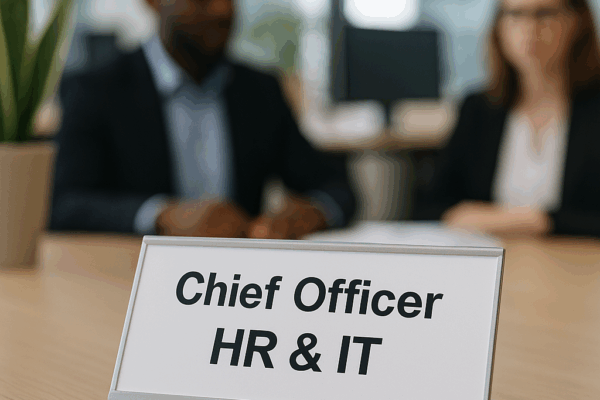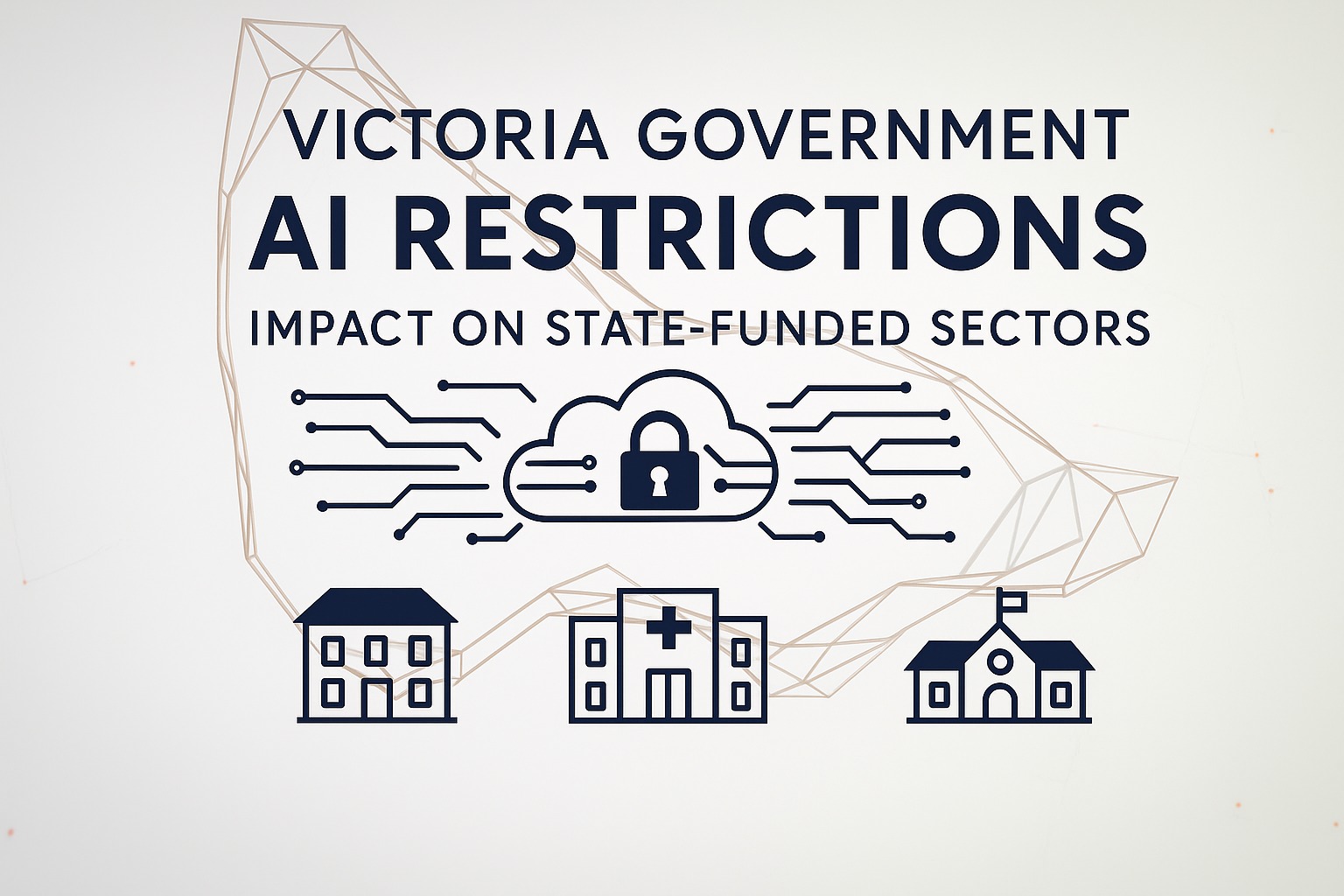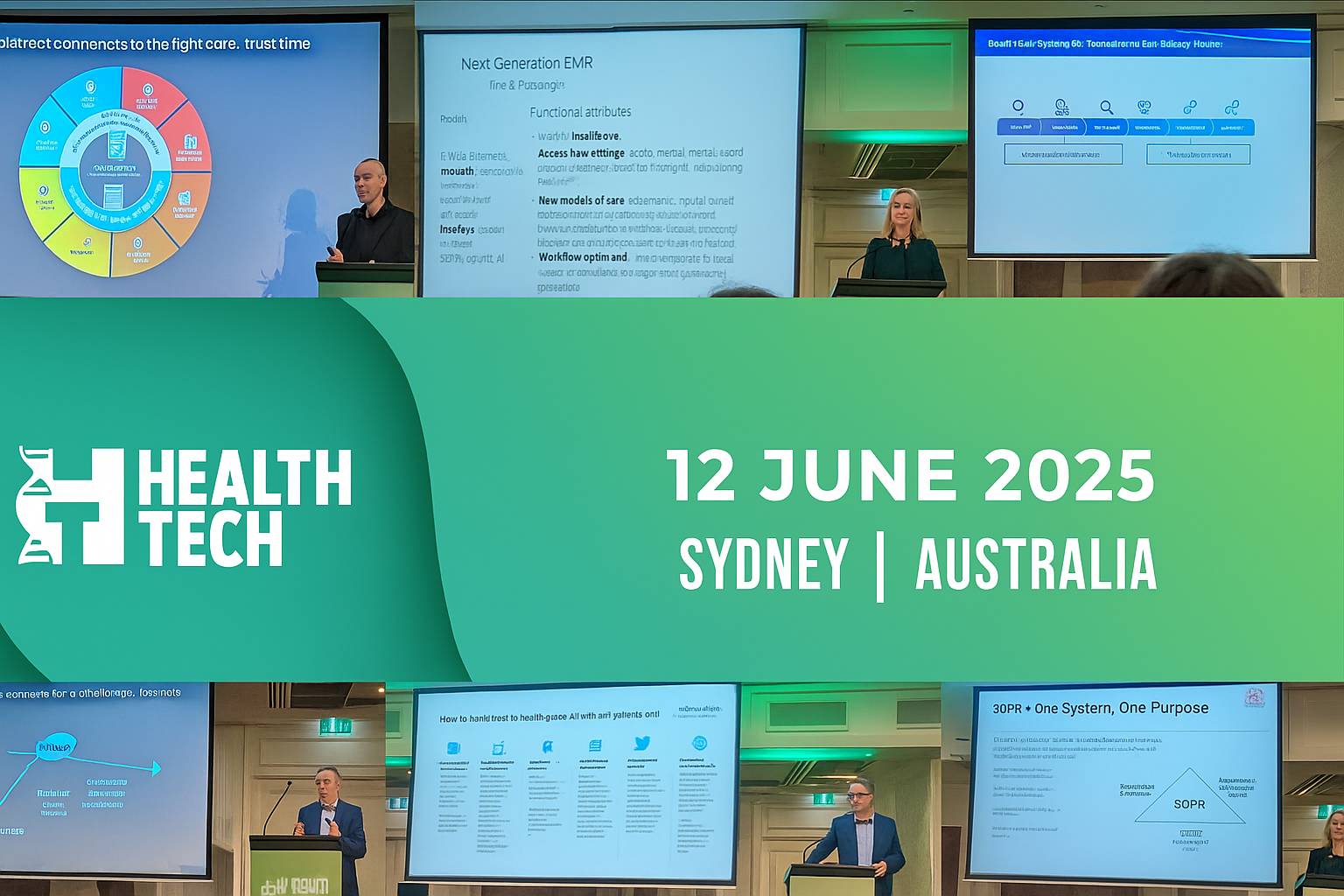
“We’re talking about developing people on one side and developing IT on the other. If we bring these two together, we can have a common vision for how technology can have an impact on people and how people can adapt and evolve to leverage the new technology.” Fabio Sattolo, Covisian, published in “Why firms are merging HR and IT departments” – BBC)
Artificial intelligence (AI) and modern technology are reshaping the workplace. What once lived in siloes — HR focusing on people and IT focusing on systems — is increasingly merging into one function.
According to the BBC, nearly 64% of senior IT leaders expect HR and IT to merge within five years, with organisations like Moderna and Covisian already putting this into practice.
Why HR and IT Are Converging
The convergence is being driven by necessity: organisations are realising that people and technology strategies must align to thrive in an AI-enabled world. Research and case studies reveal strong momentum for this shift.
The HR Digest reports that 93% of IT leaders believe HR–IT convergence will boost employee productivity, and 94% say it will accelerate digital transformation.
Technology Magazine notes that AI is the primary catalyst, breaking down siloes and enabling leaders to rethink “how work flows” across people and systems.
BBC interviews with executives at Moderna and Covisian show how roles like Chief People & Technology Officer are becoming more common.
Real-World Examples
Several leading organisations are already demonstrating how this convergence delivers tangible benefits, from employee empowerment to operational efficiency.
Moderna: Uses over 3,000 GPT-powered agents to augment HR and clinical workflows.
Covisian: Merged HR and IT to build an internal mobility tool, doubling job applications.
Bunq: Embedding HR and IT within one structure, aiming to automate 90% of operations by 2025 — while still hiring new employees.
The Business Case
When HR and IT converge, the business gains new levels of agility and efficiency. This isn’t theory — it’s already being proven by organisations ahead of the curve.
Faster innovation: breaking down siloes speeds execution.
Stronger employee engagement: AI reduces repetitive tasks, freeing people for higher-value work.
Compliance and trust: unified oversight improves governance, especially in regulated industries.
What This Means for Modern Telephony
Leading modern telephony platforms are purpose-built to be simple to manage and adapt quickly. They enable HR–IT convergence by improving operational agility and reducing reliance on specialised IT skills. This allows administrative and operational staff — the people most impacted by the technology — to make tactical changes and optimise workflows themselves.
Engagement: Supporting collaboration across hybrid teams.
Mobility & retention: Enabling seamless workflows and role transitions.
Compliance: Delivering call records, analytics, and AI-powered insights to meet HR and regulatory requirements.
Agility: Empowering non-technical staff to manage and adapt communications without waiting on IT.
Conclusion
The convergence of HR and IT is not about choosing between technology or people. It’s about empowering both together to create workplaces that are adaptive, efficient, and human-first.
As the BBC framed it, the future of work isn’t HR or IT — it’s both, with AI and technology as the bridge.
At Donnabrook, we believe those leading AI-powered modern telephony platforms that empower non-IT staff to manage and administer their experience become profoundly more than a phone system — it’s a work orchestration platform at the heart of HR transformation, AI adoption, and employee engagement.





